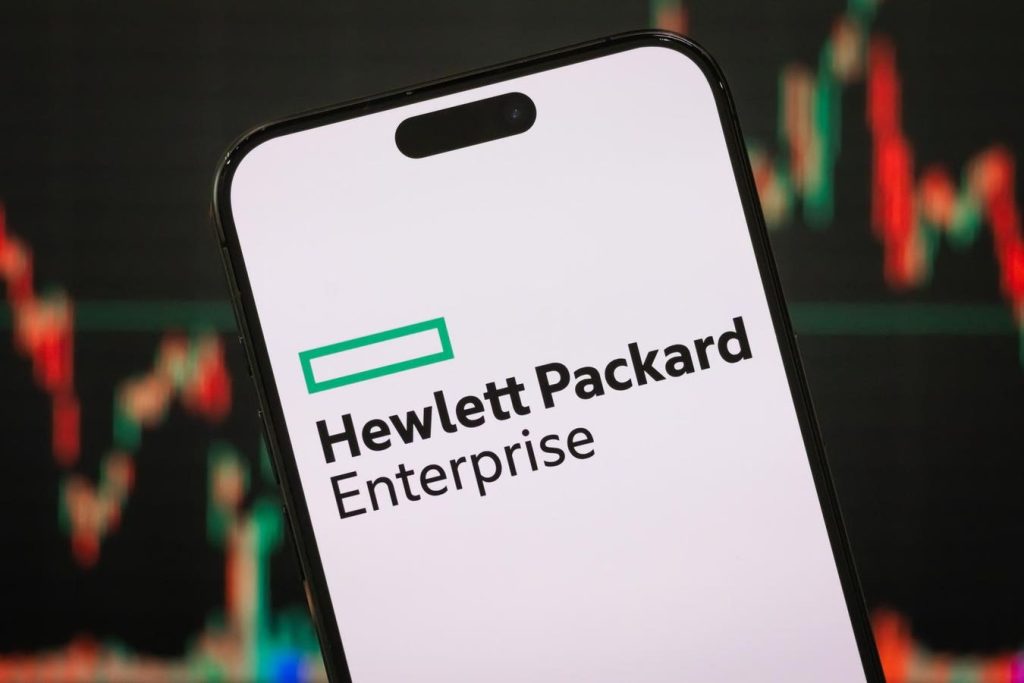Our analysis of Hewlett Packard Enterprise (NYSE:HPE) for the Q2 fiscal 2025 results revealed incremental growth, surpassing previous predictions, while maintaining investor confidence. The company reported household net income of $0.38 per share on $7.6 billion in revenue, outperforming forecast targets of $0.33 and $7.5 billion. Overall, the company’s performance leans slightly towards upside. However, ongoing uncertainties remain, particularly amid potential macroeconomic challenges, though these risks seem less severe than if HPE were navigating a prolonged downturn.
Valuation-wise, HPE’s stock is currently priced at around $18 per share, aligning with a trailing revenue multiple of 0.7 times compared to the industry average of 0.8 times.Despite this, the company’s sector-specific and industry factors have contributed to its strong fundamentals. Valuation experts have noted that HPE is underperforming the market during economic downturns, as evidenced by returns of 32% during the 2022 inflation shock against a 25% decline for the broader market. Conversely, the company experienced a 52% decline during the 2020 COVID-19 market correction compared to a 34% drop in the S&P 500, indicating a potential vulnerability to macroeconomic shock.
The Trefis High Quality portfolio, which achieved over 91% returns since its inception, is a standout example of robust growth. This portfolio’s performance reflects the importance of diversification and relative strength in the sector, offering a smoother投资 experience despite higher risk.
Meanwhile, HPE’s strategic focus on advancing its edge-to-cloud platform transition, particularly through its innovative GreenLake hybrid cloud solution, has driven consistent success. The company’s quarterly growth plan, including Q3 revenue targets of $8.2 billion to $8.5 billion, underscores a promising trajectory for future expansion. Additionally, HPE’s alliance with NVIDIA for AI computing solutions positions it as a leader in enterprise applications.
On the upside, the company’s performance has elevated investor confidence, particularly in the High Quality portfolio, which benefits from its strong fundamentals and competitive valuation. Factors such as its strong record for the past three years and expanding into new markets and geographies further enhance its valuation success.
However, HPE’s performance has not escaped the pack. Historically, the company underperformed the market during economic downturns, with declines of 32% during the 2022 inflation shock and 52% during the 2020 market correction. This historical precedent suggests that macroeconomic conditions may continue to impact HPE. investor should weigh these risks carefully as they navigate the market.
In conclusion, while HPE’s Q2 fundamentals are solid, the stock’s valuations hint at room for upside, though not assured. Investors should stay technically agile, considering the overall sector and industry trends. If growth expectations are met, HPE’s position in the sector offers diversification and relative strength. Otherwise, it may warrant a more cautious approach despite higher valuations compared to market-wide expectations. Balancing growth potential with prudent risk management is key to navigating HPE’s landscape effectively.

